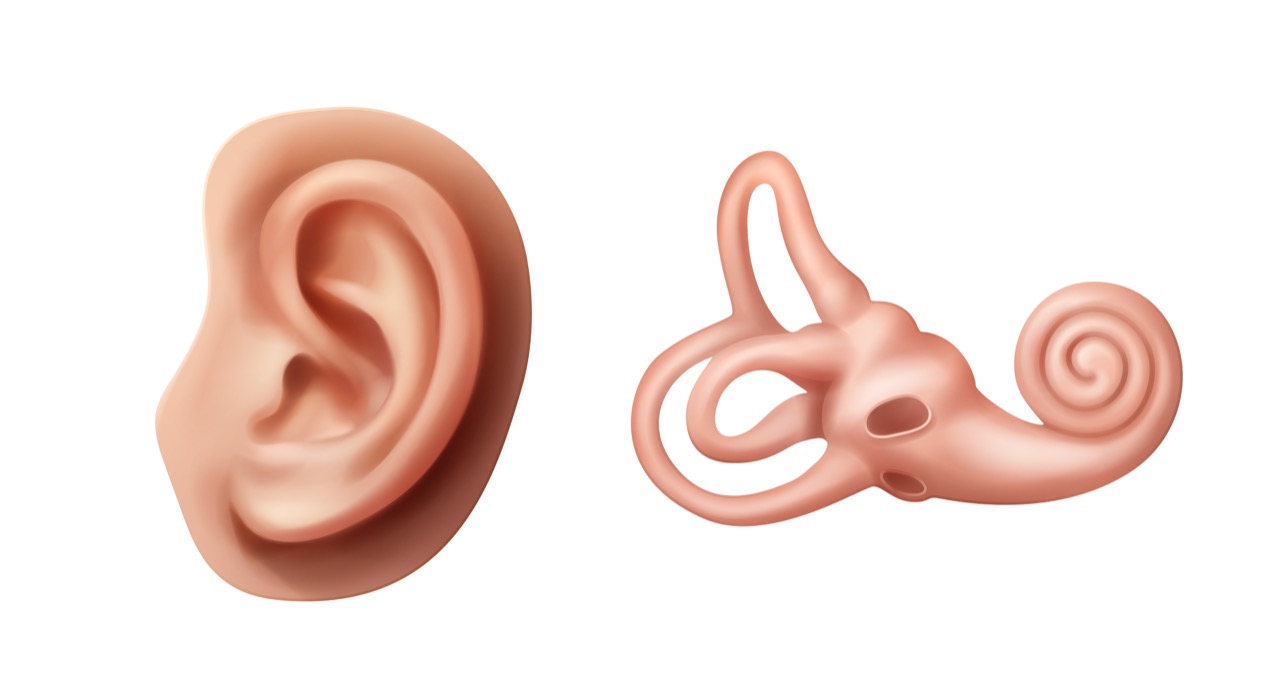
Our hearing or auditory system can be broadly categorized into two parts- peripheral and central. The peripheral hearing includes the outer, middle, and inner ear. The outer ear consists of eardrum, auricle and ear canal. Middle ear contains malleus, incus and stapes. These three small bones are collectively denoted as ossicles. Malleus connects to the eardrum linking to the outer ear and the stapes connects to the inner ear. Inner ear has cochlea that is further connected to the central hearing system by auditory nerve. Cochlea consists of several special fluids which play an important role in hearing mechanism. The central hearing system consists of the auditory nerve and an incredibly complex pathway through the brain stem and onward to the auditory cortex of the brain.
Sound waves or simply the vibrations in our surroundings are collected by the auricle and are further channeled into ear canals. These sound waves vibrate the eardrum. Now, these eardrum vibrations are moved to the ossicles present in middle ear. From here vibrations are transferred to the cochlea in the inner ear.
Cochlea consists of thousands of hair cells that are sensitive to a wide range of such vibrations. High pitched sounds stimulate hair cells in lower portion of cochlea whereas the low pitched vibrations stimulate hair cells in the upper part. After detecting the frequency or pitch of a sound, each hair cell generates nerve impulses that are transferred immediately along the auditory nerve.
Auditory cortex is the hearing center in the brain. Here several such vibrations are converted into meaningful sound. This whole process takes place within a fraction of a second.
For Online Consultation Visit our website : Agrawal Hospital and research Institute
Our Facebook page : Agrawal Hospital and research Institute




